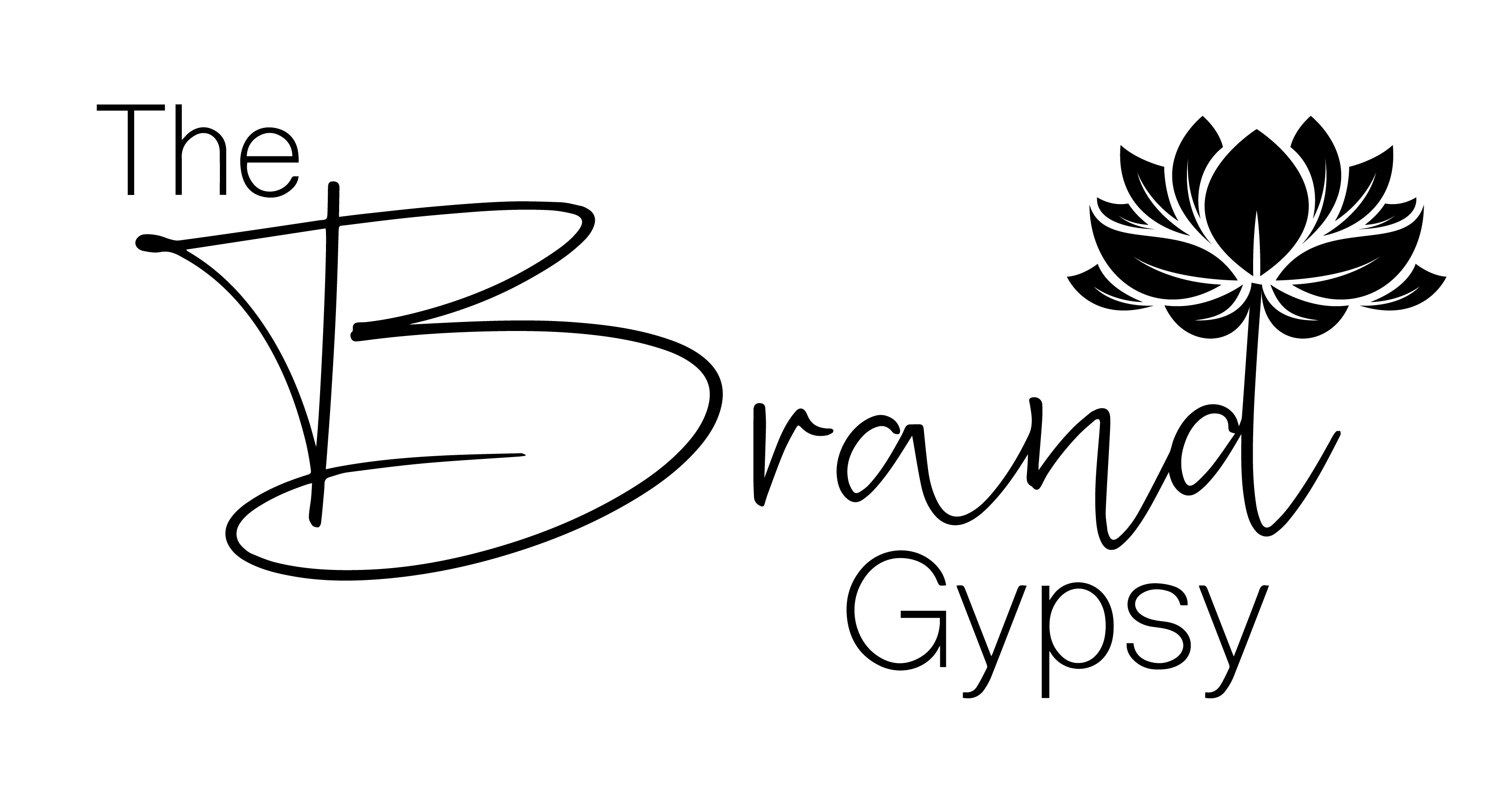
Understanding the differences between SEO (Search Engine Optimisation) and website design can be a bit confusing. While both play essential roles in enhancing your online visibility, they serve different purposes and require distinct strategies. Let’s break down what SEO is and highlight 5 key differences between SEO and website design.
What is SEO?
SEO, or Search Engine Optimisation, is the practice of optimising your website to rank higher in search engine results pages (SERPs). The goal is to attract more organic (non-paid) traffic from users searching for information related to your business. SEO involves various techniques, including keyword research, on-page optimisation, and building quality backlinks, all aimed at improving your site’s visibility to search engines like Google.

Key Differences Between SEO and Website Design
1. Purpose and Focus
- SEO: The primary goal of SEO is to improve a website’s visibility in search engines. It focuses on elements that influence search engine rankings, such as keywords, meta tags, and link-building strategies.
- Website Design: Website design is centered around the visual and functional aspects of a site. It aims to create an aesthetically pleasing, user-friendly interface that engages visitors and provides an enjoyable user experience.
2. Technical vs. Creative
- SEO: SEO involves a lot of technical work, including website analytics, performance monitoring, and implementing best practices to ensure search engines can easily crawl and index your site.
- Website Design: Design is inherently creative, focusing on layout, colour schemes, typography, and graphics to make the website visually appealing and aligned with the brand’s identity.
3. Content Optimisation vs. Visual Elements
- SEO: Content is king in SEO. It involves optimising website content with relevant keywords, creating high-quality, valuable articles, and ensuring that the content is structured in a way that search engines understand.
- Website Design: While content is also important in design, the focus lies more on how the content is presented visually. This includes the use of images, videos, and interactive elements to enhance the user’s reading experience.
4. User Experience (UX) vs. Search Engine Experience (SX)
- SEO: SEO often prioritises search engine experience (SX) by ensuring that the site meets the criteria set by search algorithms. This includes optimising for page speed, mobile-friendliness, and having a robust internal linking structure.
- Website Design: UX design focuses on how users interact with the website. It aims to provide a seamless and intuitive experience, guiding users effortlessly from one page to another with clear navigation and a responsive design.
5. Ongoing vs. One-Time Effort
- SEO: SEO is an ongoing process. The algorithms change, competitors adjust their strategies, and user behaviour evolves. SEO requires continuous monitoring, updating, and tweaking to maintain and improve rankings.
- Website Design: While website design may require periodic updates to keep up with trends and technological advancements, the core design work is often a one-time effort, especially after a major redesign or launch.
6. Analytics and Performance Monitoring
- SEO: SEO relies heavily on data analytics to measure performance. Tools like Google Analytics and Search Console help in tracking key metrics such as organic traffic, bounce rate, and conversion rates. These insights are crucial for making informed decisions and improving SEO strategies.
- Website Design: While design can benefit from analytics to some extent (e.g., understanding user behaviour and interaction patterns), it does not rely as heavily on data. The focus is more on aesthetic appeal and usability.
Conclusion
Understanding the differences between SEO and website design is crucial for any business owner looking for a website designer. Knowing the distinctions can help you determine which aspects of your website need more attention and ensure that both SEO and design work together to achieve your online goals.
Remember, a well-designed website with poor SEO is like having a beautiful storefront in a hidden alley – it may look great, but no one will find it unless you put effort into improving its visibility. So, make sure to incorporate both SEO and design strategies to create an effective and successful online presence.

